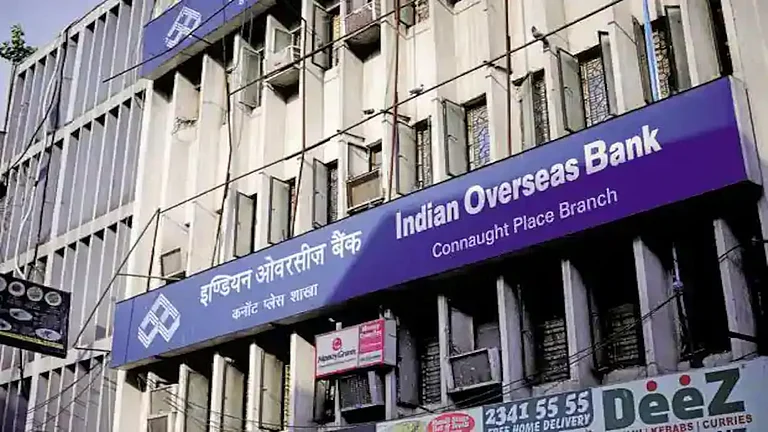Dewan Housing Finance Limited (DHFL), India’s second largest housing finance company is likely to default on non-convertible debentures worth many thousands of crore of rupees, due to liquidity concerns. Amidst all the trouble faced by DHFL at the moment, Tata Mutual Funds has launched India’s first mutual fund side pocket. Behind this move is the sole objective of setting aside its troubled investment in DHFL. Tata Mutual Funds has announced plans to segregate portfolios in 3 schemes hit by the DHFL debt crisis---Tata Corporate Bond Fund, Tata Medium Term Fund and Tata Treasury Advantage Fund.
Securities Exchange Board of India introduced the provision of side pocketing in December 2018. As of April-end, about 24 mutual funds across 165 schemes have Rs 5,336 crore exposure to DHFL. And as of April 30, 2019, Tata Corporate Bond Fund had a 14.60% exposure and Tata Treasury Advantage Fund had a 3.77% exposure. These three schemes saw a sudden drop of 29.69%, 12.31% and 4.06% after DHFL failed to make interest payments on June 4.
Provision of Side Pocketing
Side Pocketing is a procedure introduced by SEBI, allowing all Asset Management Companies to separate out a section of their portfolio corresponding to the bad debt held by them. Shweta Jain, financial adviser and Founder, Investography, said,
“Side pocketing is done in a debt fund to separate a security which has defaulted. It created a new fund with only the bad security. The original fund remains at a lower NAV (Net assets value) and continues to function normally.”
Highlighting the objective behind side pocketing she stated, “It is done to prevent existing investors suffering due to redemptions and stop new money trying to benefit from a fall in net assets value.” Only after going through the process of side pocketing, the segregated portfolios will get listed on stock exchange within a period of 10 days.
Also, side pocketing requires an amendment of the Scheme Information Document (SID). The investors have to be given a 30-days’ exit load free window to leave the fund. However, an exit load is a charge applied when you redeem your fund before the specified number of months from the date on receiving your units. This charge in percentage is applied on the NAV. The actual side pocket can be implemented after this period only. So, there are speculations of an enormous probability that many investors will opt out of the fund.
With NBFCs reeling under huge financial distress, the investors should have to make informed choices and take decisions wisely, and also adopt the wait and watch approach to see what happens next.






























